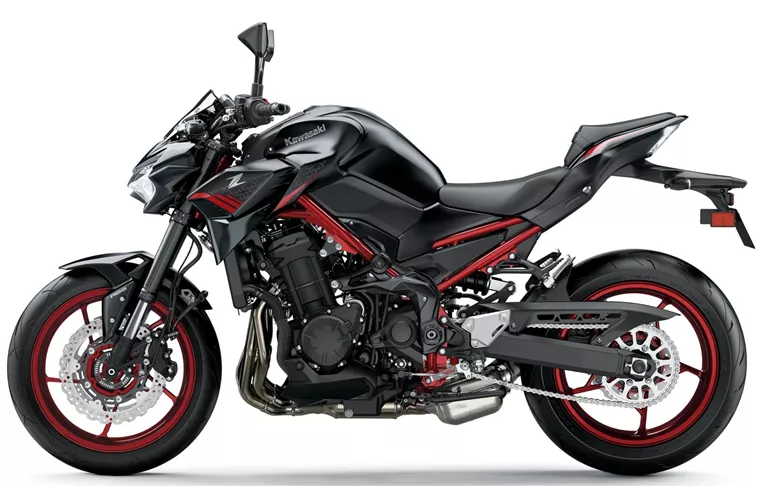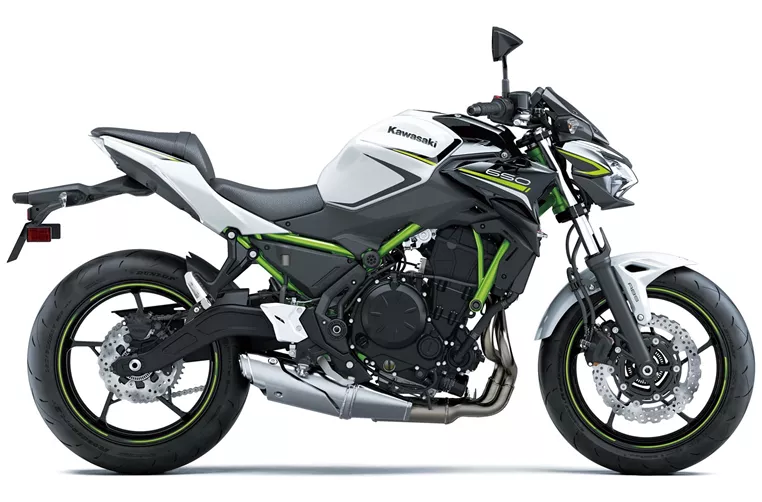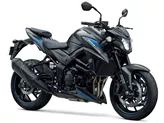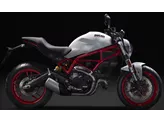Kawasaki Z900 2021 vs. Kawasaki Z650 2020

Kawasaki Z900 2021
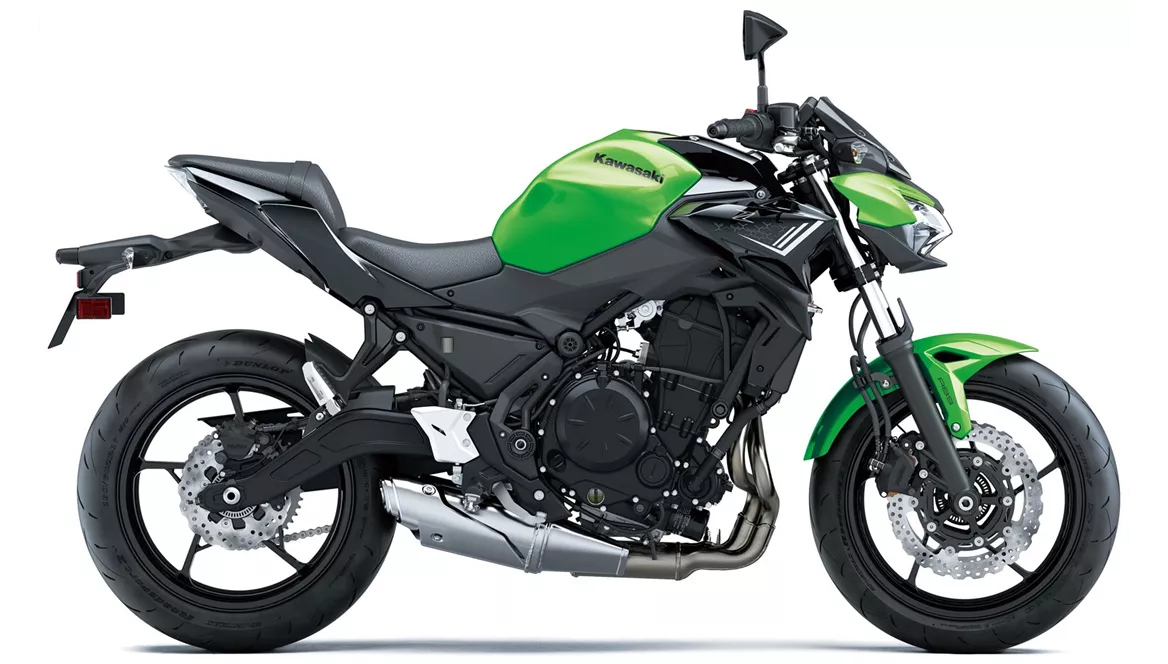
Kawasaki Z650 2020
Overview - Kawasaki Z900 2021 vs Kawasaki Z650 2020
The Kawasaki Z900 2021 and the Kawasaki Z650 2020 are both naked bikes from Kawasaki, but they have some key differences in terms of their technical specifications and strengths.
Starting with the Kawasaki Z900 2021, it is equipped with a powerful four-cylinder engine that produces 125.4 HP of power and 98.6 Nm of torque. This engine is fuel-injected and has a displacement of 948 ccm. The bike features an upside-down telescopic fork for the front suspension and a swing arm with a monoshock for the rear suspension. The suspension can be adjusted for preload and rebound. The frame of the Z900 is made of steel and has a double cradle design. It is equipped with double disk brakes with a diameter of 300 mm and four pistons in the front. The bike also comes with advanced rider assistance systems such as ABS, riding modes, ride by wire, and traction control. It has a wheelbase of 1450 mm and a seat height of 795 mm. The Z900 weighs 210 kg with ABS and features LED daytime running lights, LED headlights, and a TFT display.
On the other hand, the Kawasaki Z650 2020 is powered by a powerful two-cylinder engine that produces 68.2 HP of power and 65.7 Nm of torque. Like the Z900, it also has a fuel-injected engine with a displacement of 649 ccm. The front suspension consists of a telescopic fork, and the rear suspension is a swing arm with a monoshock that can be adjusted for preload. The frame of the Z650 is made of steel and has a tubular design. It is equipped with double disk brakes with a diameter of 300 mm and double pistons in the front. The bike features ABS as its only advanced rider assistance system. It has a wheelbase of 1410 mm and a seat height of 790 mm. The Z650 weighs 187.1 kg with ABS and comes with LED daytime running lights, LED headlights, and a TFT display.
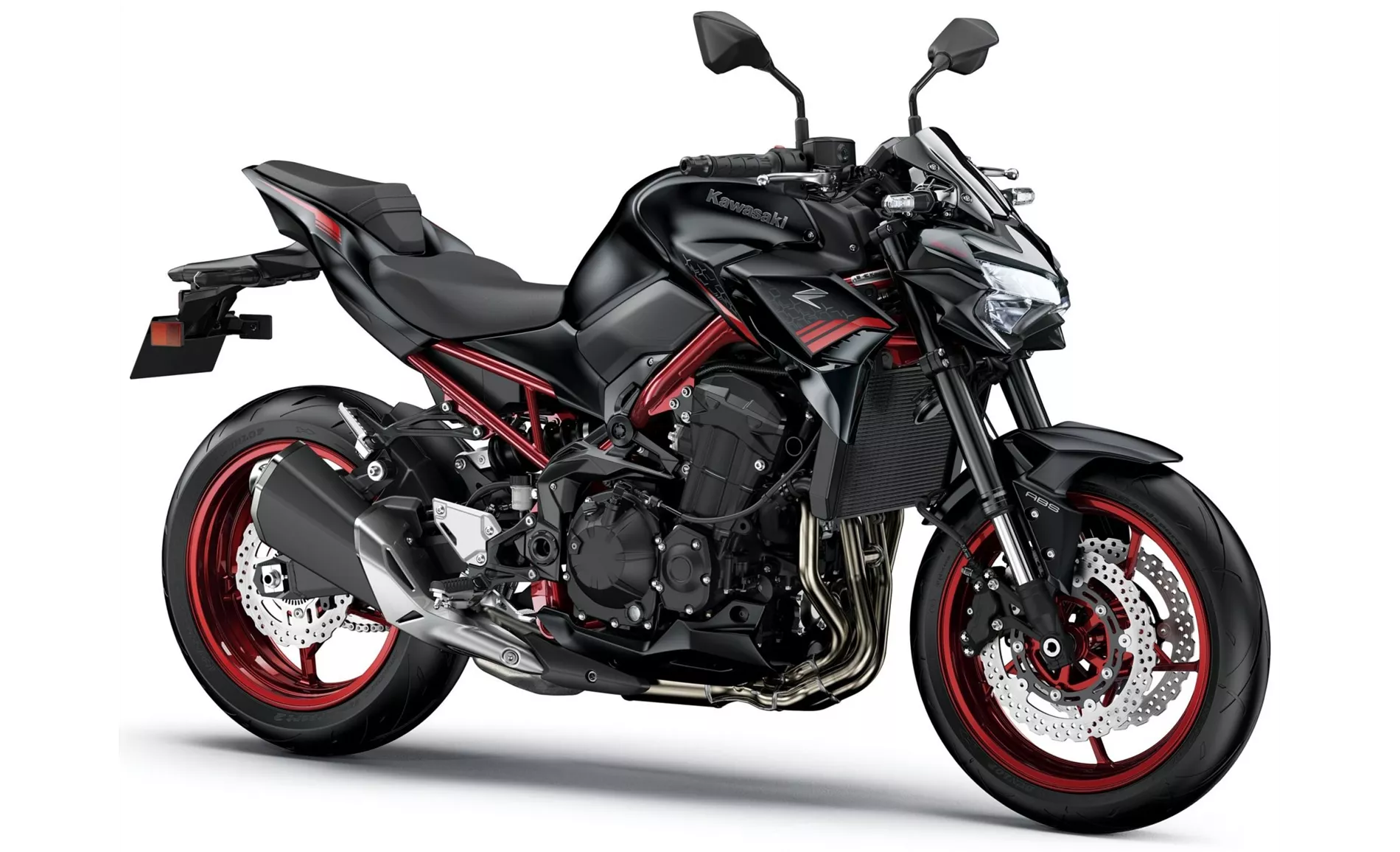
Kawasaki Z900 2021
In terms of strengths, the Kawasaki Z900 2021 offers a powerful four-cylinder engine that provides a thrilling riding experience. It also has intuitive handling and good equipment, including LED daytime running lights, LED headlights, and a TFT display. The bike has an aggressive look and offers good value for money.
On the other hand, the Kawasaki Z650 2020 has a powerful two-cylinder engine that delivers a unique and aggressive intake noise. It has compact dimensions and a low seat height, making it suitable for riders of different sizes. The bike also has a stable chassis and a TFT display with connectivity. It has a more grown-up look compared to the Z900.
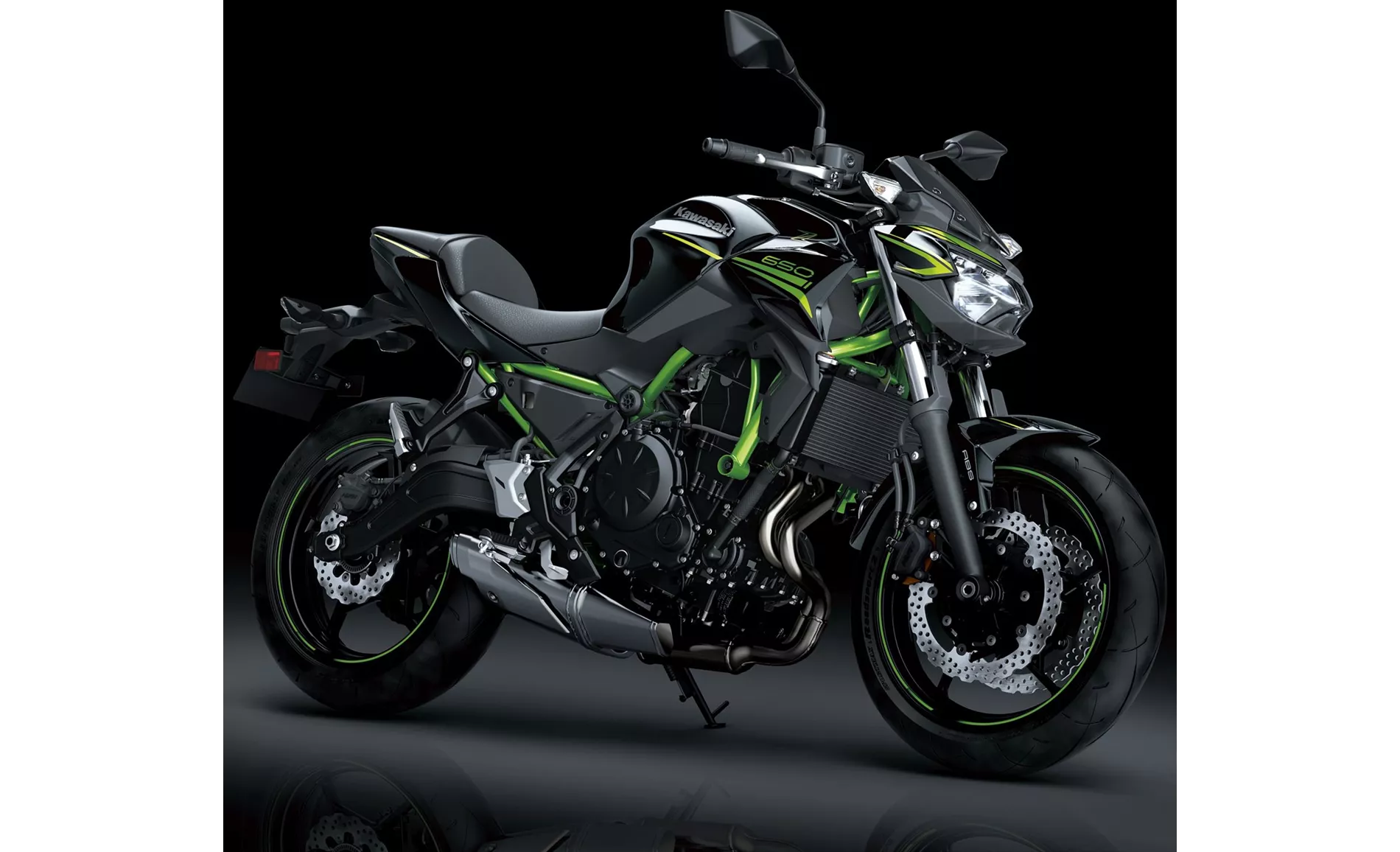
Kawasaki Z650 2020
However, both bikes have their weaknesses. The Kawasaki Z900 2021 does not offer a quickshifter option, which may be a drawback for some riders. It also faces competition from other bikes that have a 6-axis IMU, which provides more advanced electronic features.
The Kawasaki Z650 2020 has a front brake pressure point issue, which may affect the braking performance. It may also be uncomfortable for tall riders due to its compact dimensions. Additionally, the Rideology App, which is available for connectivity, may not be as sophisticated as some riders would prefer.
In conclusion, the Kawasaki Z900 2021 and the Kawasaki Z650 2020 are both impressive naked bikes from Kawasaki, each with its own set of strengths and weaknesses. The Z900 offers a more powerful four-cylinder engine and advanced rider assistance systems, while the Z650 provides a unique two-cylinder engine and compact dimensions. Ultimately, the choice between the two will depend on the rider's preferences and priorities.
Technical Specifications Kawasaki Z900 2021 compared to Kawasaki Z650 2020
Pros and Cons in comparison
Pros and Cons in comparison
Kawasaki Z900 2021
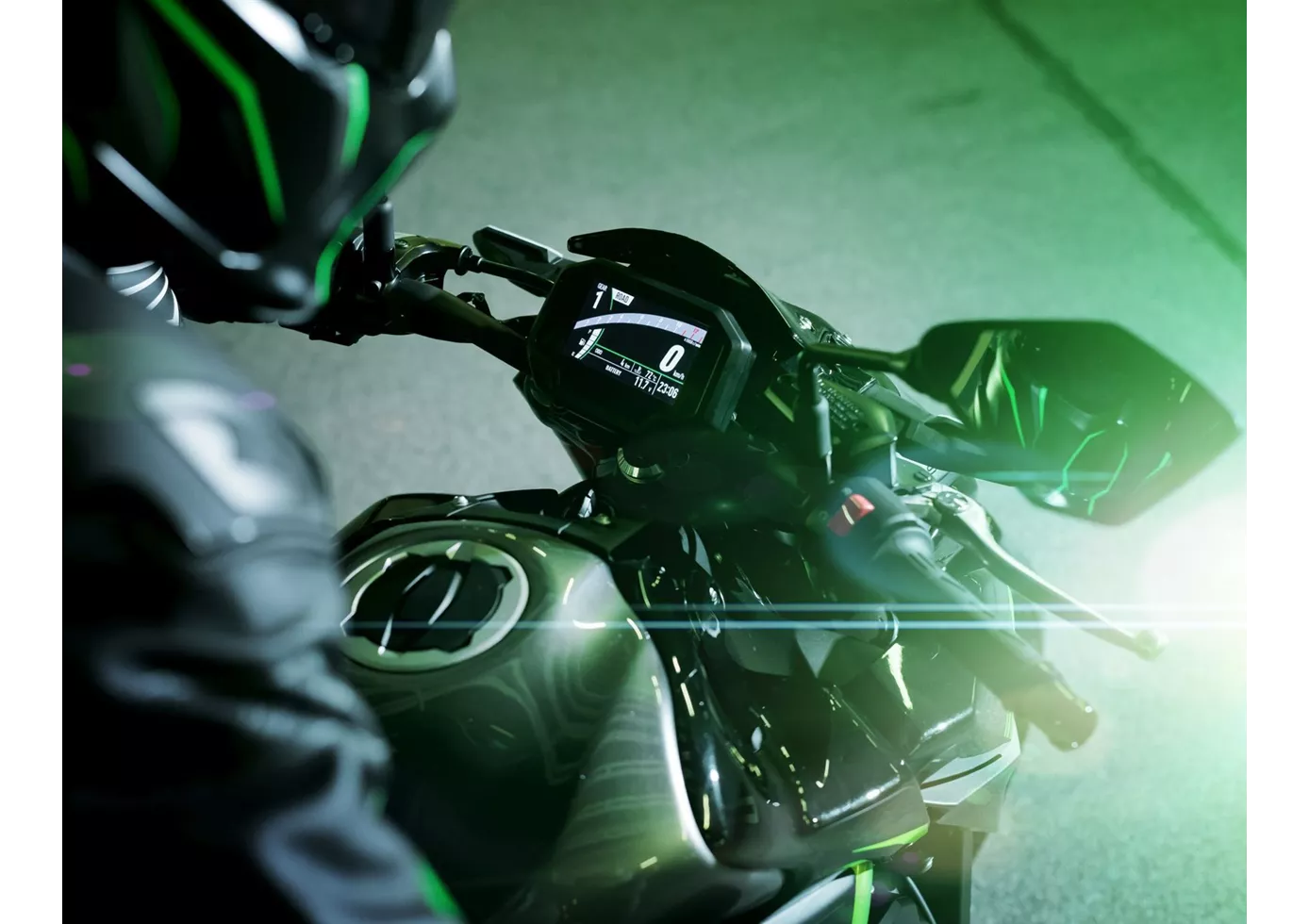
In terms of price-performance, the Kawasaki Z900 is hard to beat at the moment. With the perfectly tuned engine, the high-quality chassis components and the electronics added for 2020, this naked bike offers everything that sporty riders will be looking for. There is really nothing to complain about, except for the lack of a quickshifter option.
Kawasaki Z650 2020
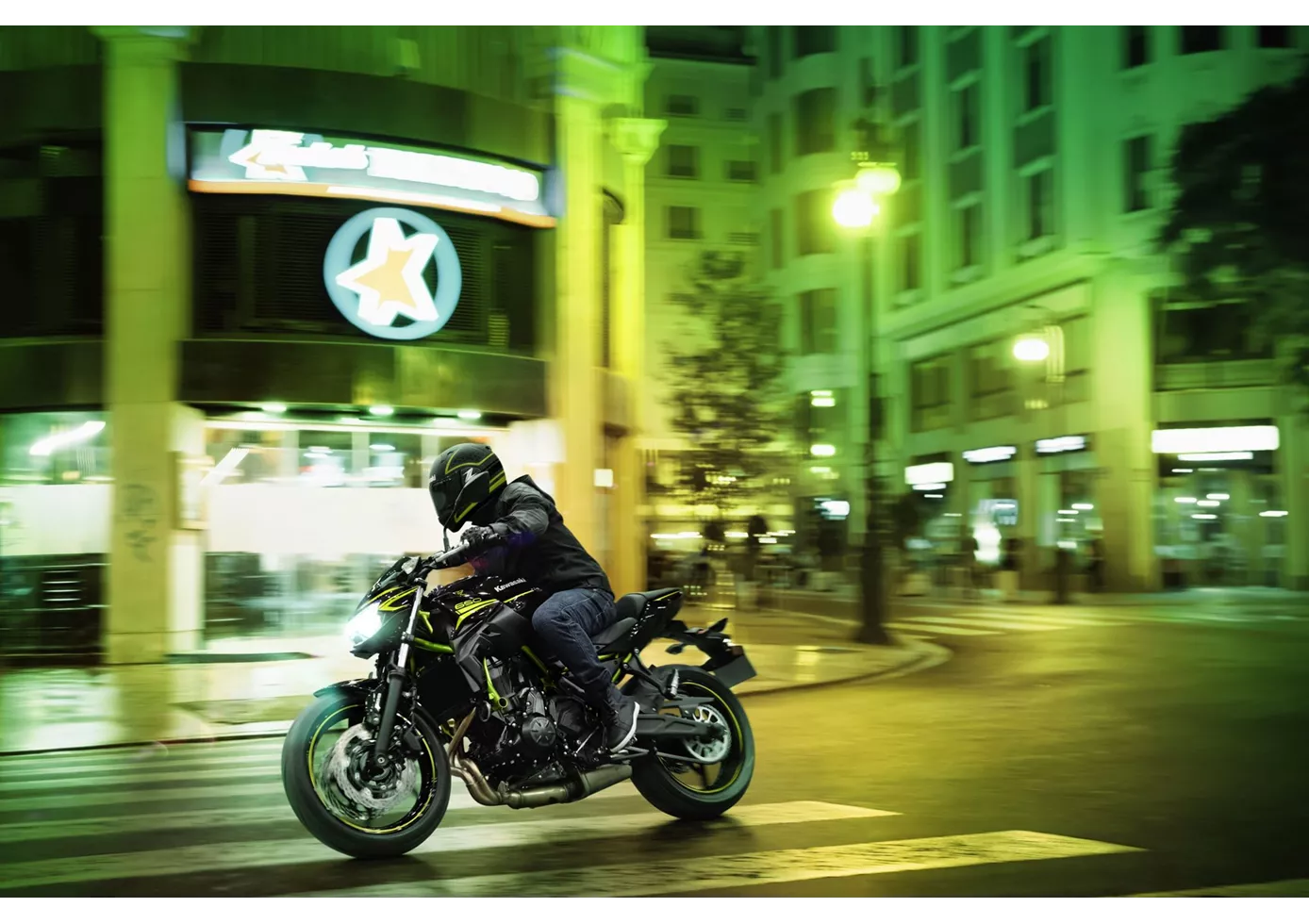
It's simply marvellous what Kawasaki has put together in a complete package with the new Z650. The technical components may not knock your socks off individually, but in combination they make for a pleasantly neutral motorbike that everyone will enjoy. No bitchy idiosyncrasies - simply a naked bike that works really well on winding country roads. Of course, the TFT display, which we don't find in the competition at the moment, is a plus, as is the grown-up look, which is strongly oriented towards the larger Z models. Only the pressure point of the front brake could have been more clearly defined - but you can't have everything in this price range.
Price Comparison Avarage Market Price Kawasaki Z900 vs Kawasaki Z650
There are a few key differences between a Kawasaki Z900 2021 and a Kawasaki Z650 2020. In terms of price, the actual average price of a Kawasaki Z900 2021 is about 37% higher. Compared to Kawasaki Z650 2020 there are more Kawasaki Z900 2021 bikes available on the 1000PS.de Marketplace, specifically 33 compared to 21. It takes less time to sell a Kawasaki Z650 with 80 days compared to 107 days for the Kawasaki Z900. Since model year 2017 1000PS.de editors have written 46 reviews for the Kawasaki Z900 and 31 reviews for the Kawasaki Z650 since model year 2017. The first review for the Kawasaki Z900 was published on 11/11/2016 and now has more than 93,200 views. This compares to more than 25,000 views for the first review on Kawasaki Z650 published on 08/11/2016.
